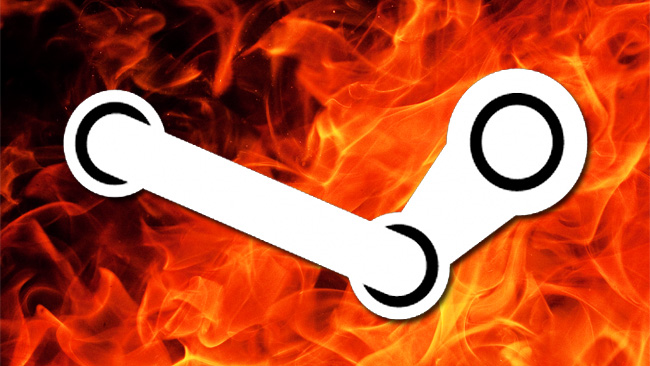
In an unsurprising and perhaps inevitable move, Valve is doing away with the experiment of Steam Greenlight, where fans would vote for games to be uploaded. Instead, they’re turning it into a fairly straightforward store: Pay Valve a fee, prove you want to upload a game, and boom, you’re on Steam. But this seems unlikely to let off the pressure building behind the service’s biggest problems: Too many games, not enough guidance.
The problem is fairly stark, if you look at this chart:
38% of all Steam games were released in 2016 pic.twitter.com/JiX2pt6JhB
— Steam Spy (@Steam_Spy) November 30, 2016
More games are collecting on Steam with each passing year. There’s a lot of reasons for this, and it’s not just that there’s a relentless avalanche of crap on Steam, although that’s also a problem. The barriers to game development have dropped by leaps and bounds with cheap courses available online for anybody with a credit card. The once-high and solid garden wall between PCs and consoles, and consoles and mobile devices, has been ripped apart brick by brick. Crowdfunding, while rife with pitfalls, has made games that literally wouldn’t exist come to life. Humble Bundles, flash sales, and Steam’s regular discount-based rampages make games dirt cheap.
The problem is finding these games in the first place. Anybody who has ever had to interact with Valve’s notorious customer service department grasps that Valve never expected to be in the business of customer service or that its primary money flow would come from selling games, and the company has struggled to turn itself into a full-fledged retail operation instead of a game development company with a profitable sideline.
Valve is confident its Discovery tools are up to promoting good games and keeping bad games off the charts, although anybody who’s been bought a copy of Bad Rats can tell you that’s not the case. It’s also deciding how high it wants to set the fee to get onto Steam in the first place, which might help stem the tide of garbage. And it does raise the important question of what happens to smaller games with tiny marketing budgets, which have to beg for every review, when there’s a huge game with a lavish Game Informer spread and a Super Bowl ad waiting to simply bury it.
Adding to the problem is Valve’s seeming insistence that it’s the users who should figure things out has been shown to be a bad idea over and over again. Greenlight is not seeing a fond farewell from developers and users:
https://twitter.com/deliciousbees/status/830122431134126081
>Valve kills Steam Greenlight and basically allows everyone to publish game on Steam for a fee pic.twitter.com/2tiBMxuZmw
— Terak (@Terak404) February 10, 2017
https://twitter.com/JimSterling/status/830120957515821057
Review bombing and the Steam Curator system backfiring are two symptoms of a larger problem: Who has time to play all these games? There were, quite literally, over one hundred million games on Steam not a single human being had ever played as of 2014. That’s likely only headed upwards.
To be fair to Valve, they never wanted the job of PC gaming tastemaker and have only hesitantly embraced their role as sales agent. The company wants to do right by every single customer, whether they’re putting games up for sale or buying games to throw on the pile of shame. And in the end, that simply might be impossible.
